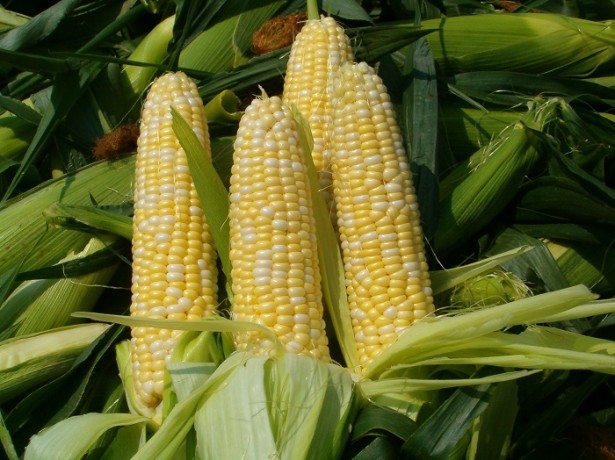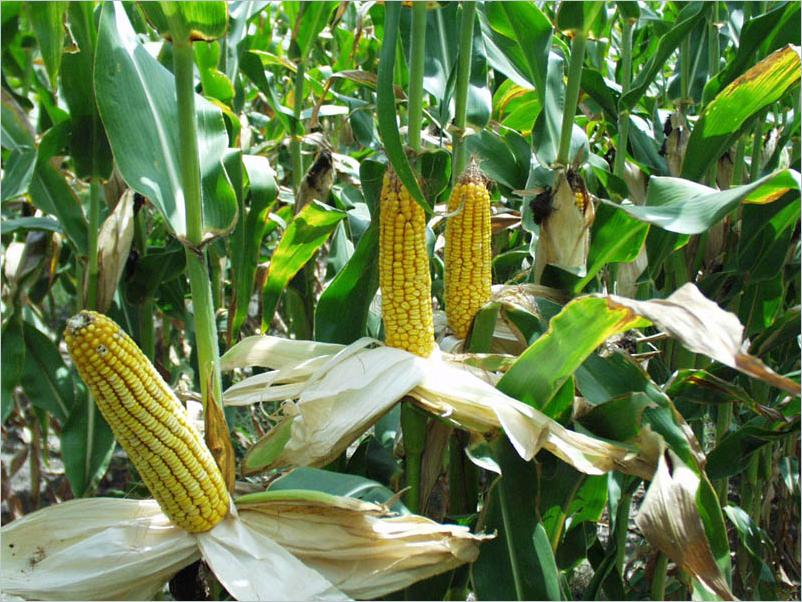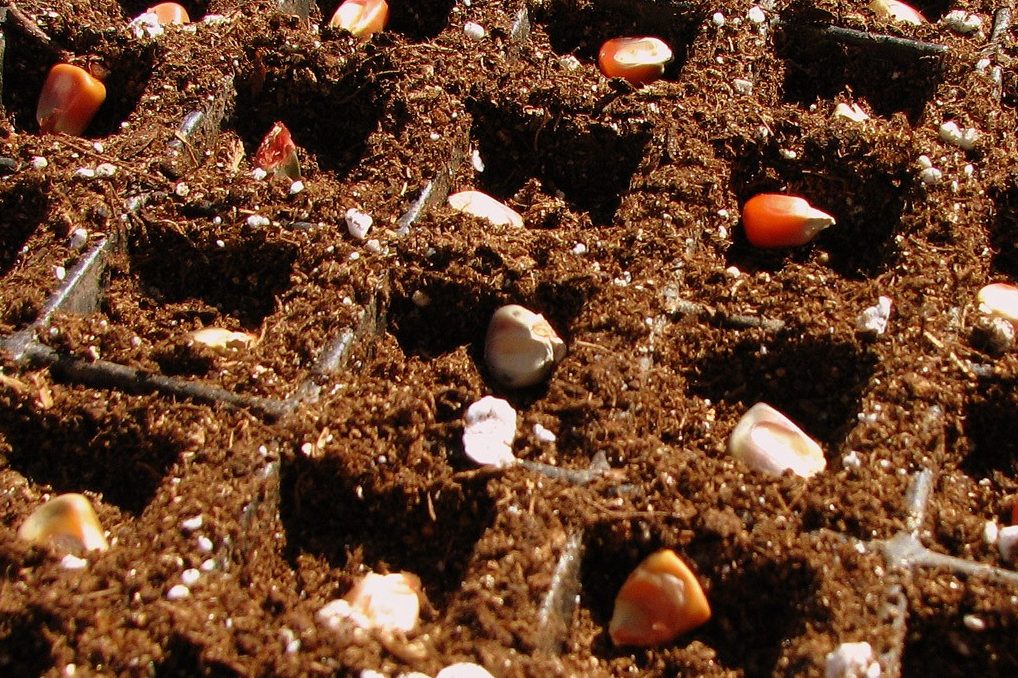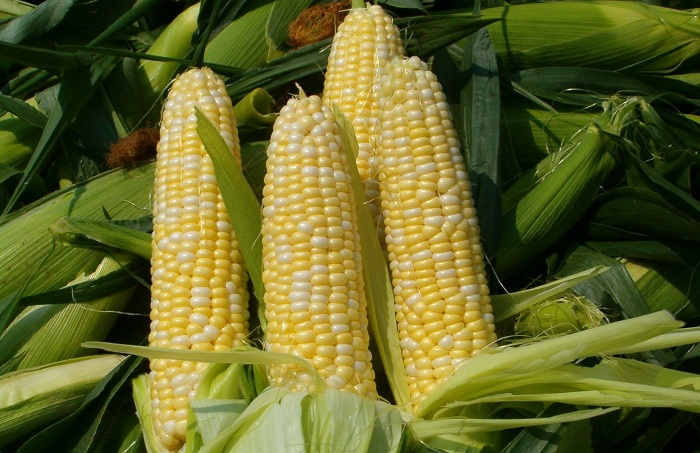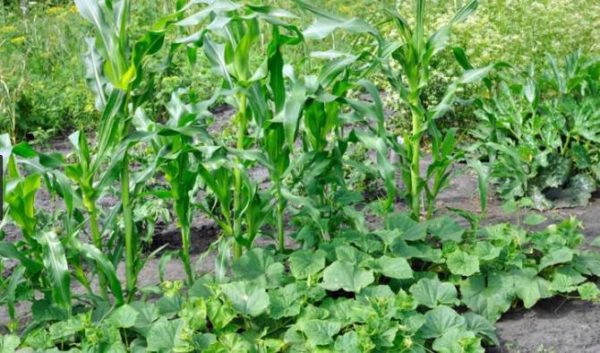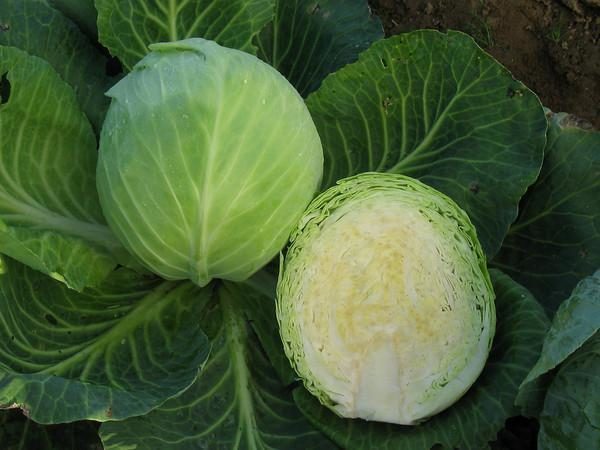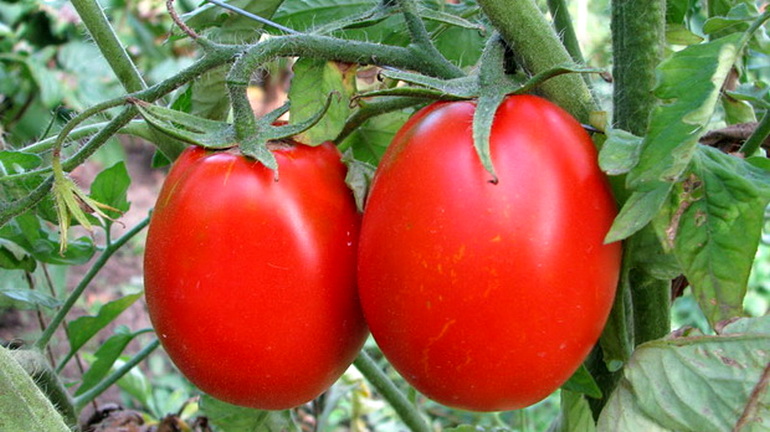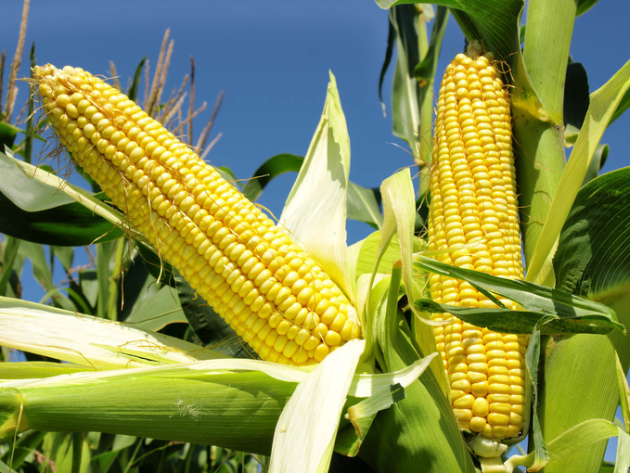Content:
Corn is an annual plant that grows up to 3 m in height and develops an almost one and a half meter root system. Like all representatives of the monocotyledonous class, maize has a very strong, in comparison with dicotyledonous plants, a straight stem, to support which it sometimes develops aerial support roots. Corn ripens on average in 100 days (early varieties of the Dobrynya type - in 60, late types of Ice Nectar - in 140 days).
In Russia, sugar corn is mainly cultivated - a species with excellent taste. Despite the fact that the corn cob has a short shelf life, the sweet, almost honey-like taste of its grains makes farmers plant various varieties on their plots (Lakomka, Spirit, Pioneer, Jubili, Syngenta and many others).
Beneficial features
Sweet and tasty corn was once named the Queen of the Fields. With such a title, a plant can be awarded not only for its sweetness, but also for its useful qualities.
Due to the high content of nutrients and trace elements in corn, it must be included in the diet in the following cases:
- Diseases of the eyes. Corn grains contain two of the most important carotenoids - lutein and zeaxanthin, the so-called macular pigments that prevent retinal damage and have an extremely positive effect on vision in general.
- Prevention of anemia. Lack of iron in the body makes it difficult for the body to form red blood cells. A high percentage of iron in corn (2.7 mg per 100 g) will help prevent possible iron deficiency.
- Cancer prevention. Carotenoids are difficult to break down by the human body, so cooked sweet corn is much healthier than raw corn, as the absorption of antioxidants becomes easier and faster.
- A source of fiber. Fiber (almost 7 grams per 100 grams in corn) helps to lower cholesterol levels and is also very helpful in the digestive process.
- Weight loss. Corn is great for nutrition during weight loss, as it contains a large amount of nutrients and trace elements, while the carbohydrates that make up corn are complex (the body will spend more energy to process them than it will receive with them).
- Healthy eating. Phytonutrients and biologically active substances in corn grain have made corn a valuable component of a healthy diet. The enzymes found in corn (phytic and ferulic acids, anthocyanins) are very beneficial for health.
- Gluten free. The most important product quality for people with celiac disease. Corn flour is used to prepare bakery and flour products for a gluten-free diet.
Growing corn
Before thinking about planting corn, you should biasedly assess the climatic conditions of the place of the desired growth of this crop. Sugar corn is a thermophilic plant, but it is even more demanding on soil parameters: the soil should be loose, light and have good water and air permeability.
If a large-scale cultivation of a crop such as sugar corn is planned, planting and caring for this kind of plants in the open field should not be accompanied by unnecessary labor costs. The optimal regions for growing corn are southern latitudes and the Black Earth Region.Otherwise, the profitability will be negligible: in regions with an unfavorable climate, corn does not ripen, therefore its mass cultivation is focused on obtaining silage.
Agrotechnics of culture
Corn is very demanding on the conditions of its growth and maintenance. The root system of the plant is quite powerful, but at the same time it is very unstable to low soil temperatures or to waterlogging: in such conditions, the roots rot very quickly.
Growing sweet corn in the field is available only to residents of warm regions of the country, while others can grow corn at their dacha in the amount typical of other vegetables. Planting corn in a strip so that the stems of mature plants can support climbing crops such as cucumbers or beans is a very common method of planting corn in a summer cottage.
Soil preparation
Before sowing seeds, the soil should be prepared for further plant cultivation. As with planting other crops, autumn soil preparation is ideal. The soil, dug up and filled with manure or compost, will have time to overheat and enrich with nutrients before the spring planting of the grains. Before spring planting, the soil should be dug up again, fertilized with a high content of nitrogen, potassium and molybdenum, and also take care of good drainage of the soil.
Seed preparation
The number of seeds for planting is calculated based on the consumption rate: about 200 g of seeds per 1 hectare of land. Presowing seed preparation consists of the following stages:
- Checking seeds for germination. The grains should be immersed in a saline solution (95 ml. Water and 5 g. Salt): only those grains that will sink to the bottom will be suitable for planting;
- Treatment of grains with substances that prevent the development of bacterial and fungal infections: a slightly pink solution of potassium permanganate (potassium permanganate) or 3% hydrogen peroxide, where the grains are placed for 5 minutes.
Sowing seeds
Sowing should be carried out when the soil temperature reaches 10 degrees. In regions with a warm climate, this time falls in mid-May, in cool climatic zones - at the end of May.
To achieve high yields, reduce the risk of disease and plant death when cultivating a plant such as sweet corn, the cultivation technology provides for the cultivation method of the bed. A plant planted in this way is easier to care for in the further period of its growing season.
Seeds should be sown at a distance of 50-70 cm from each other. This will avoid mutual suppression of the root systems of neighboring adult plants.
You can plant grains according to the nest sowing scheme: 3-4 seeds are sown in a 10-centimeter depression. The disadvantages of this method become obvious with large-scale cultivation of the crop at the time of the need to thin out the seedlings.
Seedling method of growing
Even if premium maize varieties - the best sugar ones - are cultivated in a climate unsuitable for successful cultivation, a seedling method of cultivation is necessary. In this case, seeds should be sown in early to mid-April, and the seedlings can be transferred to open ground only after it warms up to 10 degrees. Pinching the main root during transplantation will help the rooting and further development of plants.
Care
The care consists in maintaining the permeability of the soil: the first loosening should be carried out even before the emergence of shoots (surface loosening by 3-4 cm deep will help to avoid injury to the grains). In the future, the soil must be loosened regularly.
Agricultural technology of corn provides for very rare watering: only 3-4 times during the entire growing season.
Watering is desirable in the phase of 7-9 leaves, then before flowering, as well as in the process of ripening of the grains on the cob.
Watering is recommended to be combined with fertilization: the plant must be provided with potassium, nitrogen, zinc and molybdenum. Moreover, the corn itself will tell you which element it lacks:
- a lack of potassium will lead to the appearance of the effect of burnt leaves, and the plant itself will stop its usually very rapid growth;
- corn will show a lack of nitrogen by twisting yellowed leaves, which, moreover, will begin to dry intensively;
- the lack of phosphorus will cause the corn leaves to turn red.
The saturation of the soil with the necessary microelements should be given special attention during the ripening of the grains on the cob, because only in this case the grains will be juicy and large.
Cultivation of corn provides for timely pinching of plants. No more than three shoots should remain on the stem. Only in this case will the plant's strength be sufficient for ripening fruits with the maximum number of grains.
Disease prevention
Correct pre-sowing preparation of soil and seed allows you to minimize the risk of bacterial and fungal infections. However, corn is rather unstable to pest infestation. The most effective method of insect control is pre-sowing treatment of seeds and soil with insecticides (Cosmos, Gaucho).
Harvesting
To get a good harvest of corn, the cultivation technique of which has so many nuances and conditions, in the fall you need to study all the key points well, learn the features of the region, and prepare the soil well. A properly grown plant will certainly thank you with a delicious harvest!
